In this third novel, the author does not abandon her microscope to examine reality, highlighting the details of the subject she addresses. These details are of utmost importance on the path to discovering the truth, exposing the innermost beings of what is raging within them, and revealing the hidden truths that others excel at concealing, even boasting the opposite. She also didn’t abandon her preconceived notions, never forgetting to declare that “writing is always imperfect,” and that it doesn’t encroach on the lives of its heroes, control them, or impose its vision on them. She declares, “Nahla nudges me to write her story,” “full of love and life…” The heroine, Nahla, disappeared and may have been a victim of the July 2006 war on Lebanon, the period in which the novel takes place. “If I don’t write her life, won’t I turn it into just a name written on a nylon bag, like the fate and lives of those innocent children and victims?” But she returns to doubting the credibility of writing itself: “I no longer know if I know a woman named Nahla who told me her story so I can write it, or if I am imagining the life of a woman among those I saw being pulled from the rubble of their homes.” She also doesn’t deny the existence of self-justification and personal purpose: “I had no choice but to obey Nahla to resist my death through writing.” A novel rich with multiple stories and diverse destinies, and with complex female characters. Reality and imagination lie within the fictional structure of Nahla, Souad, Aziza, Mona, Nadine, and Mirna. They will all express themselves and serve as a framework for discussing the most important thing, which is the subject. Don’t the lives of characters, individuals, and names end, while the subjects remain? And this time, “love” was the most important theme chosen by the writer. “What is the name of this love that destroys me and revives me at the same time?” says the heroine, who returns to her first love, Hani, after they separated and each built his life apart, marrying and having children. “Their love was a burning ember,” she says, “that remained burning.” As she puts it, “I was hiding in it, and he was hiding in me all the time we didn’t see each other. And for that reason, I didn’t forget him, because the things you hide in are never forgotten.” The words overflow with feelings of love, varying according to their intensity. Love has many types: “Love is that which you cannot suppress or defy, like a river,” the love of affection and affection, and the love that contains passion, wandering, and many other terms.
In her journey and search to uncover the truth about what is called “love,” the author spares no effort in presenting its contents on the ground, its terminology, its applied concepts, and everything that revolves around marriage, traditions, love, and the different relationships that connect its two poles, sexual desire and discovery of the body, dissatisfaction and deprivation, and compensation for this deprivation.
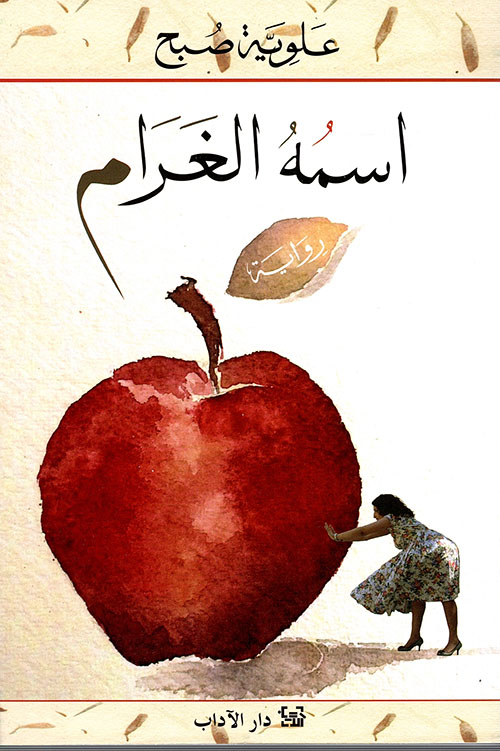
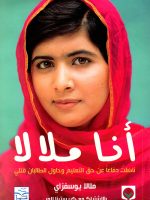
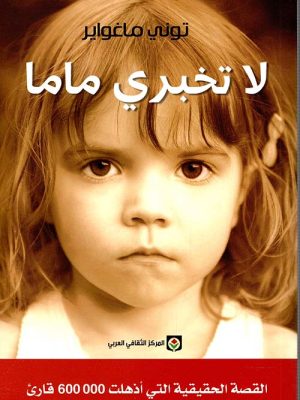
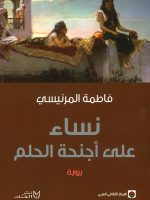
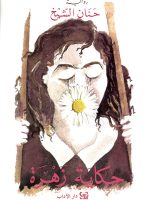
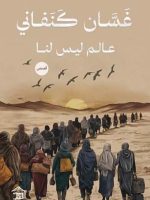
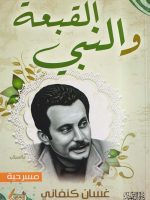
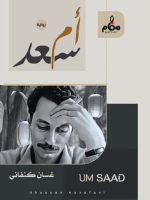
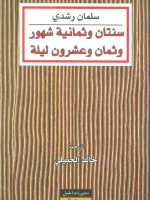
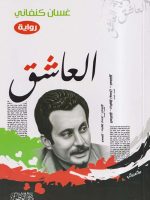
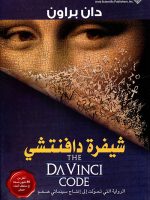
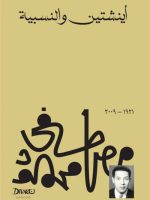
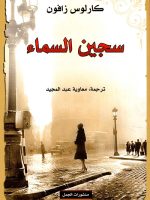
Be the first to review “His Name is Love”